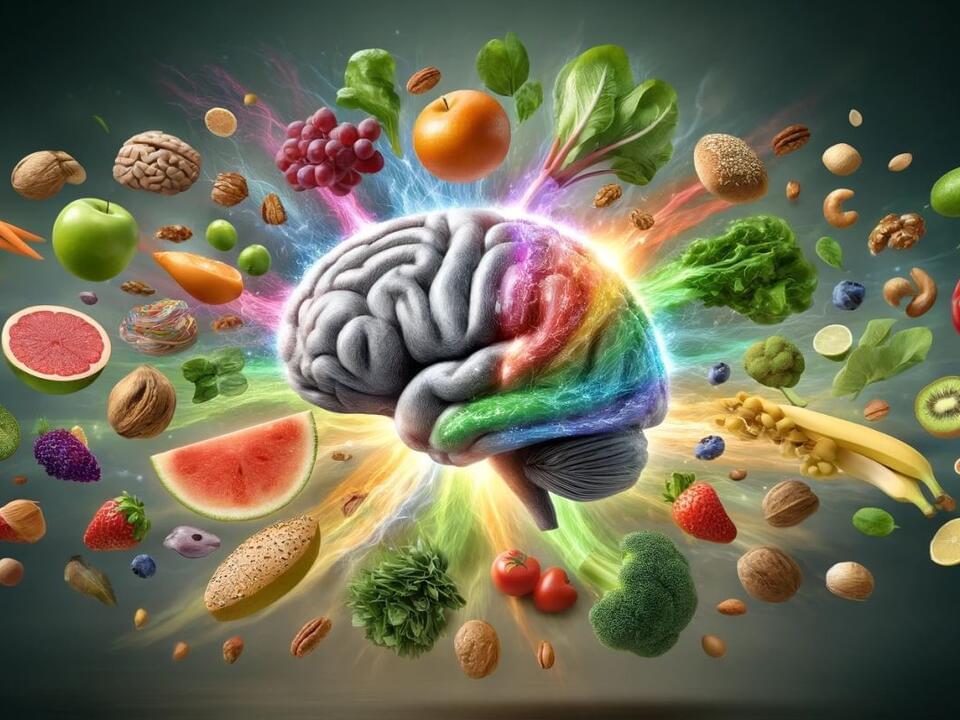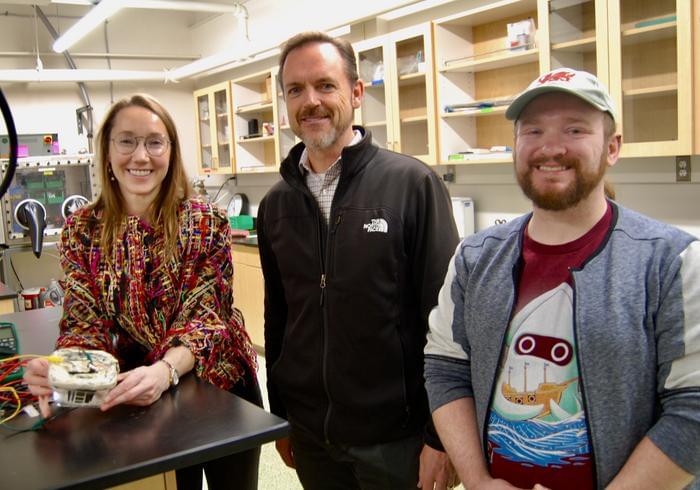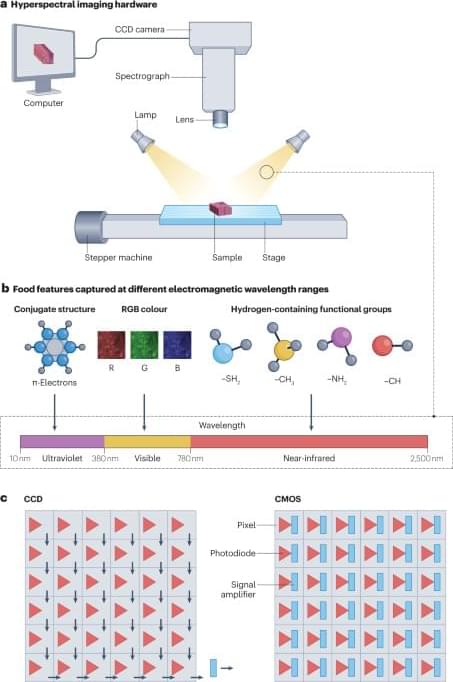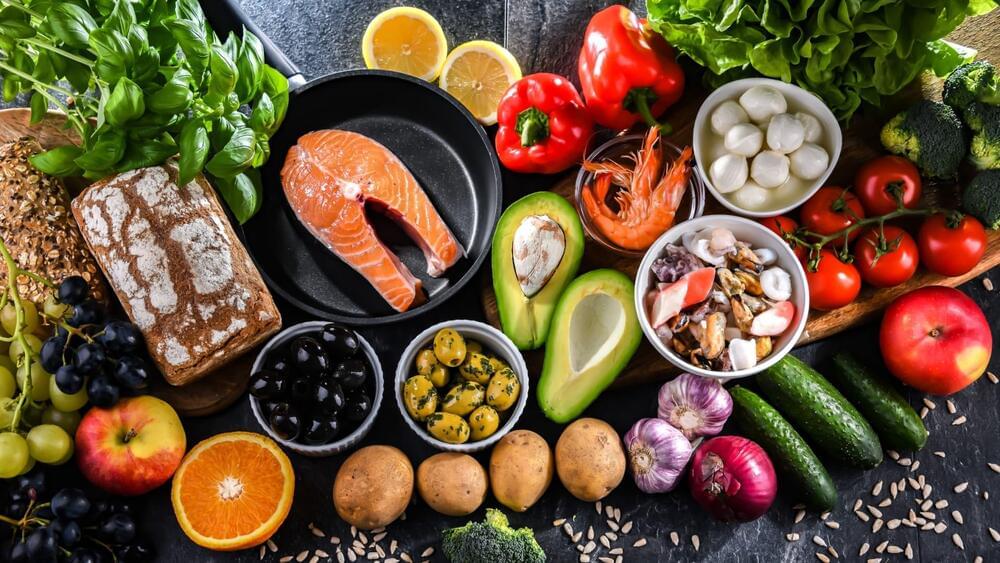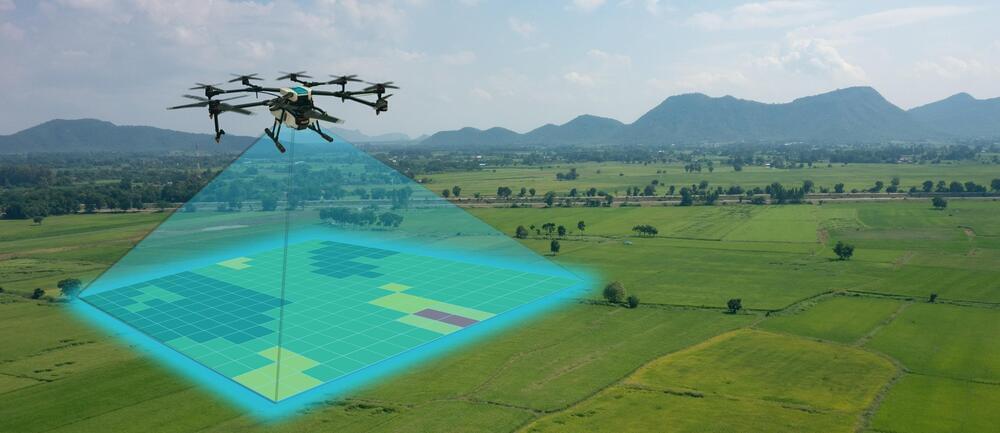Archive for the ‘food’ category
Apr 15, 2024
Musk’s xAI reveals Grok 1.5 Vision, claims top spatial understanding
Posted by Gemechu Taye in categories: food, robotics/AI
According to its website, the Grok 1.5V connects the physical and digital worlds. The company has highlighted seven examples of its capabilities to explain how the multimodal model works.
A user can share a picture of a flowchart with Grok, and the AI model can translate it into Python code. By simply showing the model a nutrition label, a user can inquire how many calories one would consume by consuming certain portions of the product.
While this might seem like an easy case of multiplication, the AI model can also take a child’s drawing and build an entire bedtime story using it. The model can do the converse, too. Show it a meme, and it will explain why it is funny and provide the context needed to understand it.
Apr 15, 2024
On World Parkinson’s Day, a New Theory Emerges on the Disease’s Origins and Spread
Posted by The Neuro-Network in categories: biotech/medical, chemistry, food, health, neuroscience
A new hypothesis paper appearing in the Journal of Parkinson’s Disease on World Parkinson’s Day unites the brain-and body-first models with some of the likely causes of the disease–environmental toxicants that are either inhaled or ingested.
Pointing to a growing body of research linking environmental exposure to Parkinson’s disease, the authors believe the new models may enable the scientific community to connect specific exposures to specific forms of the disease. This effort will be aided by increasing public awareness of the adverse health effects of many chemicals in our environment. The authors conclude that their hypothesis “may explain many of the mysteries of Parkinson’s disease and open the door toward the ultimate goal–prevention.”
In addition to Parkinson’s, these models of environmental exposure may advance understanding of how toxicants contribute to other brain disorders, including autism in children, ALS in adults, and Alzheimer’s in seniors. Dorsey and his colleagues at the University of Rochester have organized a symposium on the Brain and the Environment in Washington, DC, on May 20 that will examine the role toxicants in our food, water, and air are playing in all these brain diseases.
Long suspected to exist, cancer stem cells were discovered in solid tumors about 20 years ago. Is this the long-sought root cause of cancer? Thousands of scientists now believe so. Then why haven’t you heard about this from your oncologist? We delve into the debate on CSCs, and explore which foods and food supplements are most effective in the lab at killing or blocking cancer stem cells.
Apr 10, 2024
Revolutionizing IoT Power: The Pyroelectrochemical Cell Solution
Posted by Laurence Tognetti, Labroots Inc. in categories: chemistry, energy, food, internet, physics
Can you wirelessly power wireless devices, thus improving and advancing the technology known an “Internet of Things” (IoT)? This is what a recent study published in Energy & Environmental Science hopes to address as a team of researchers from the University of Utah investigated how pyroelectrochemical cell (PECs) could be used to self-charge IoT devices through changes in immediate surrounding temperature, also known as ambient temperature. This study holds the potential to help a myriad of industries, including agriculture and machinery, by allowing IoT devices to charge without the need for electrical outlets.
“We’re talking very low levels of energy harvesting, but the ability to have sensors that can be distributed and not need to be recharged in the field is the main advantage,” said Dr. Roseanne Warren, who is an associate professor in the Mechanical Engineering Department at the University of Utah and a co-author on the study. “We explored the basic physics of it and found that it could generate a charge with an increase in temperature or a decrease in temperature.”
Apr 8, 2024
New Brain Discovery could Help in the Fight Against Obesity
Posted by Natalie Chan in categories: biotech/medical, food, health, neuroscience
One of the largest threats to human health is obesity, but now researchers from the University of Aberdeen Rowett Institute have made an important discovery in how the brain controls food intake.
Obesity and being overweight have become the “new normal” in modern times and can lead to a multitude of health problems. We know that excess weight is primarily caused by eating more calories than the body needs; however, new research published in Current Biology has found a specific cluster of cells in the brain that control body weight.
How the brain controls hunger has not been fully defined. The researchers discovered a cluster of brain cells that can be harnessed to reduce food intake and body weight. One way they do this is by turning down cells that stimulate hunger.
Apr 8, 2024
Applications of hyperspectral imaging technology in the food industry
Posted by Shubham Ghosh Roy in category: food
Rational and scientific use of hyperspectral imaging involves the selection of appropriate imaging hardware and data analysis software. Sun et al. describe applications of hyperspectral imaging in food quality inspection and provide guidance for non-specialist researchers aiming to implement this technology.
Apr 5, 2024
Craving Snacks After a Meal? It might be Food-Seeking Neurons, Not an Overactive Appetite
Posted by Natalie Chan in categories: food, neuroscience
A new study has shown that food-seeking cells exist in a part of a mouse’s brain usually associated with panic — but not with feeding. Activating a selective cluster of these cells kicked mice into ‘hot pursuit’ of live and non-prey food, and showed a craving for fatty foods intense enough that the mice endured foot shocks to get them, something full mice normally would not do. If true in humans, who also carry these cells, the findings could help address the circuit that can circumvent the normal hunger pressures of ‘how, what and when to eat.’
People who find themselves rummaging around in the refrigerator for a snack not long after they’ve eaten a filling meal might have overactive food-seeking neurons, not an overactive appetite.
UCLA psychologists have discovered a circuit in the brain of mice that makes them crave food and seek it out, even when they are not hungry. When stimulated, this cluster of cells propels mice to forage vigorously and to prefer fatty and pleasurable foods like chocolate over healthier foods like carrots.
Apr 5, 2024
I grew up in Italy and have studied longevity for 35 years—this is the No. 1 way to eat for a long, healthy life
Posted by Paul Battista in categories: food, life extension
Valter Longo grew up in Italy and has been studying longevity for 35 years. Here’s what he says is the No. 1 contributing factor to a long life.
Apr 3, 2024
The Future Of Farming: AI Innovations That Are Transforming Agriculture
Posted by Genevieve Klien in categories: food, robotics/AI
Agriculture is a cornerstone of human civilization, a testament to our ability to harness nature for sustenance. Yet, this age-old industry faces many challenges that hamper productivity, impact livelihoods, and threaten global food security.
By 2050, we must produce 60 percent more food to feed a world population of 9.3 billion, reports the Food and Agriculture Organization. Given the current industry challenges, doing that with a farming-as-usual approach could be tricky. Moreover, this would extend the heavy toll we already place on our natural resources.
This is where Artificial Intelligence can come to our rescue. The AI in Agriculture Market is projected to grow from $1.7 billion in 2023 to $4.7 billion by 2028, highlighting the pivotal role of advanced technologies in this sector. This article explores three significant issues agriculture faces today and shows how AI is helping tackle them using real-world examples.
